Characteristic features of the style
To begin with, let’s give a precise definition of retro design. “Retro” (from the Latin retro – a look into the past) is understood as the stylization of the interior in the style of the 20th century. Although the concept itself is quite broad and applicable to both the 20s and 80s, most often they recreate the atmosphere of the 50s-70s, less often – the 40s.
Retro style design cannot be confused with anything, it is distinguished by:
- Bright colors. The palette depends on the period under which the space is stylized, but mainly saturated (blue, orange, yellow, red) or dense, deep (burgundy, indigo) shades are used.
- Ornate shapes. Almost every piece of furniture is a designer’s find. Armchairs, sofas, cabinets, chairs, and nightstands cannot be called minimalist — they look more like works of art.
- Prints. Geometric and floral prints were mainly used. Wallpaper or textiles with characteristic patterns are a feature of the retro style in the interior.
- Interesting decor. The middle of the last century saw the peak of popularity of cubism, futurism, and abstractionism. Wall and table decorative elements accurately reflect the heyday of non-standard arts.
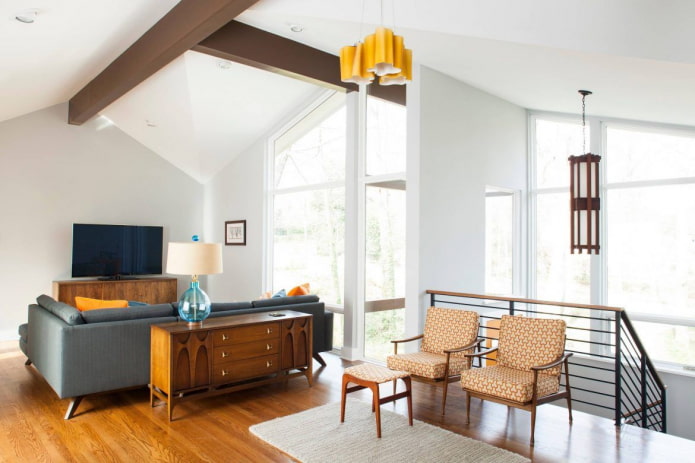
Features of retro by decade
Retro interior design begins in the 1920s, which today are informally called the “Gatsby era”, passes through the calm neoclassicism of the 30s and comes to the military 40s. However, the main period of development of retro styles in the interior falls on the 1950-1970s. Let’s look at each decade in more detail.
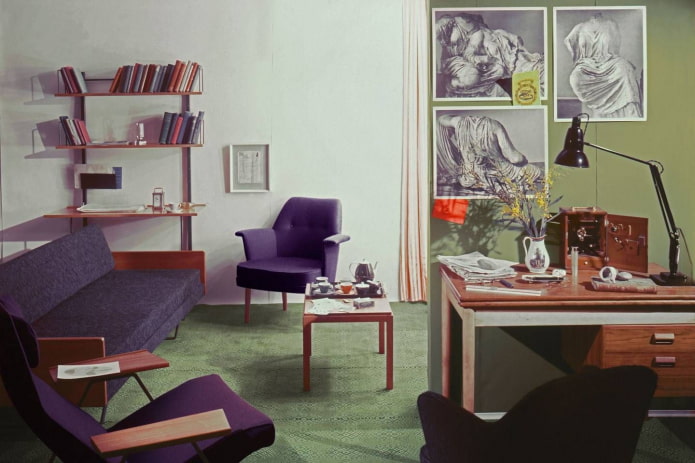
The Fifties
The first decade after the end of the bloody war was characterized by a riot of colors. People wanted bright colors and unconventional solutions: this is exactly what various private designers and industrial factories offered them.
In decorating walls, they mainly use monochromatic paint, and choose futuristic furniture, with geometrically verified silhouettes and chrome legs.
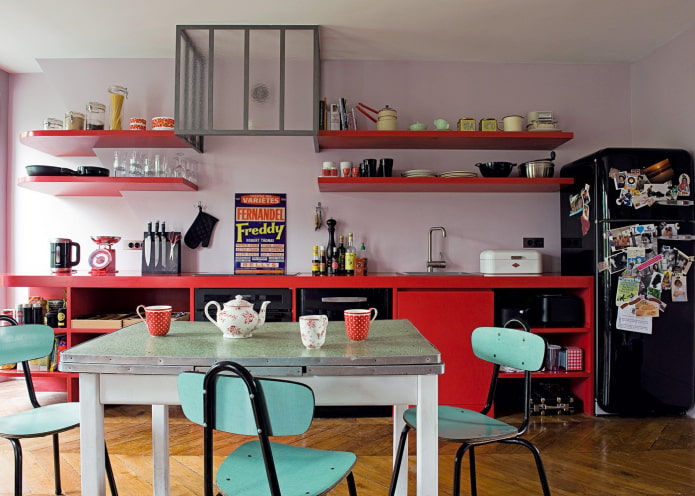
The photo shows a bright kitchen in the style of the 50s
Sixties
The slogan “Make love, not war!” and the hippie movement itself made their own adjustments to the already bright interiors of the 50s. Unusual floral and geometric prints have appeared in interior design, complementing the color tones in the decoration.
Furniture and accessories are becoming more and more unusual, tables and sideboards on thin legs are in fashion.
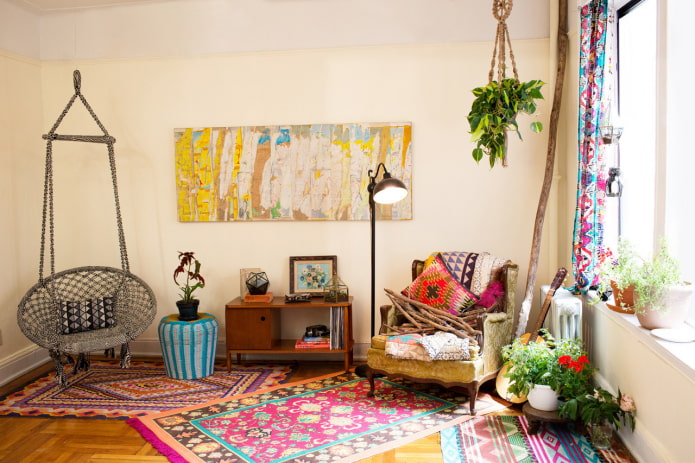
In the photo, a living room in the 60s
Seventies
In rooms in the retro style, flashy shades are replaced by more restrained, natural ones. Instead of bright lemon, honey is coming into fashion, instead of turquoise – forest.
Refined furniture details give way to practicality and functionality: products become rougher, more massive. Vinyl and leather upholstery for sofas and armchairs is gaining popularity.
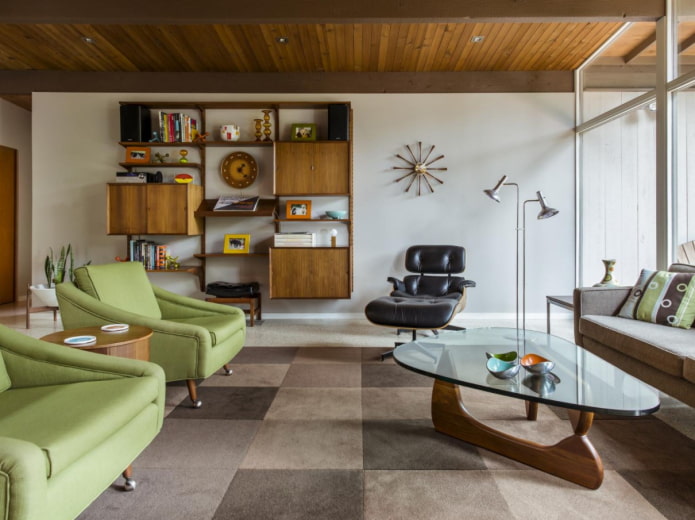
The photo shows a restrained retro of the 70s
What is the difference between vintage and retro?
Vintage and retro styles in the interior are often confused, in order to separate one from the other, let’s consider their main differences.
Period:
- Vintage still refers more to the time before the 1920s, mainly personifying the 18th-19th centuries.
- Retro, as we have already said, represents the middle of the 20th century.
Implementation:
- Vintage requires the use of original items from a given period: that is, the basis of the interior is restored furniture and decor from the 18th-19th centuries.
- Retro provides an opportunity for stylization. Chairs and chests of drawers can be modern, but made “in style”.

The photo shows an example of a vintage living room
The last thing is the appearance. Visually, it is quite easy to distinguish retro style from vintage:
- Vintage — light shades, small floral prints, rich furniture decor.
- Retro — bright, saturated tones, geometric patterns, minimalist furniture of unusual shapes.
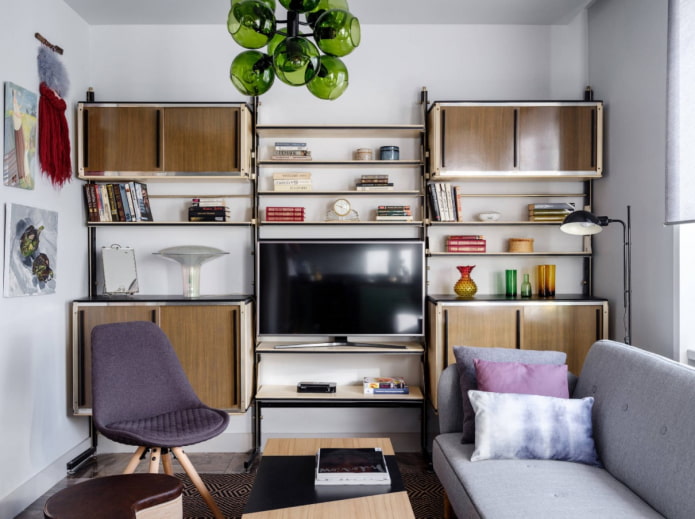
The photo shows a hall in a retro style
What color scheme is used?
The color palette of a retro design is determined by the period for which the imitation is made. In the 50s, for example, bright colors and their bold combinations were in fashion:
- blue + orange, red;
- red + turquoise;
- blue + yellow;
- lemon + purple;
- olive + pink.
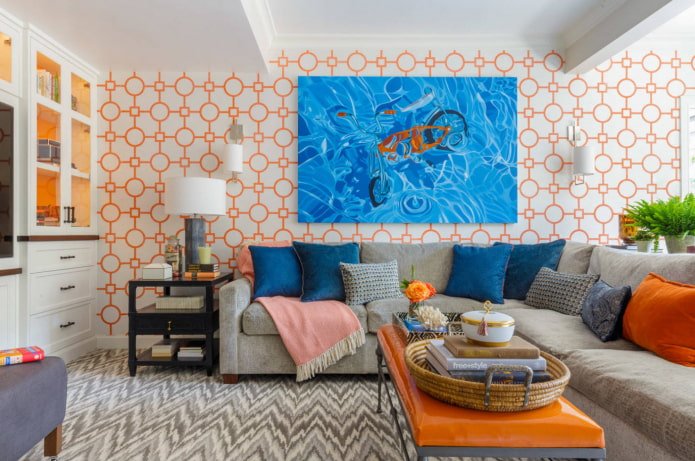
The photo shows a combination of orange and blue
By the seventies, the riot of colors subsided, the decoration became softer, and natural shades appeared in it. Brown, beige, muted green, burgundy.
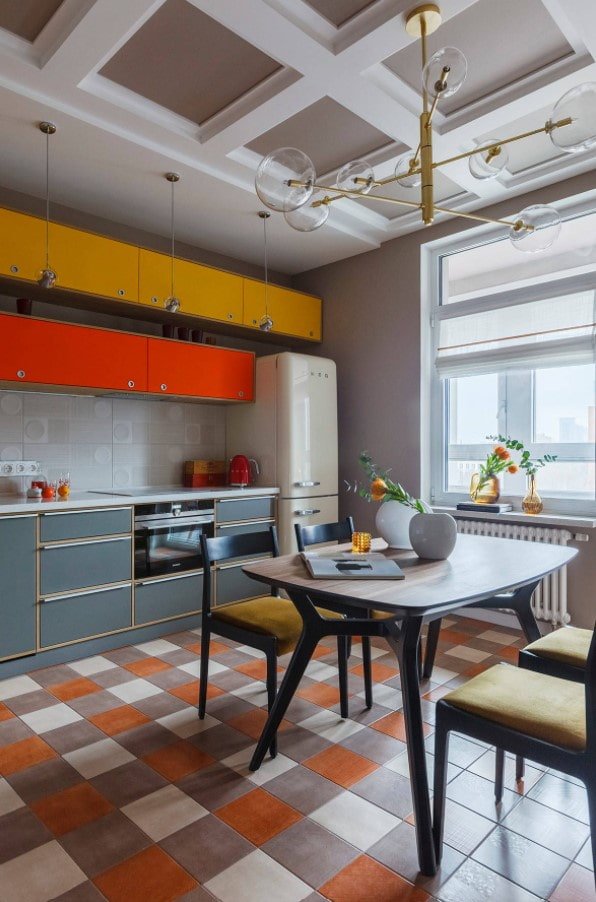
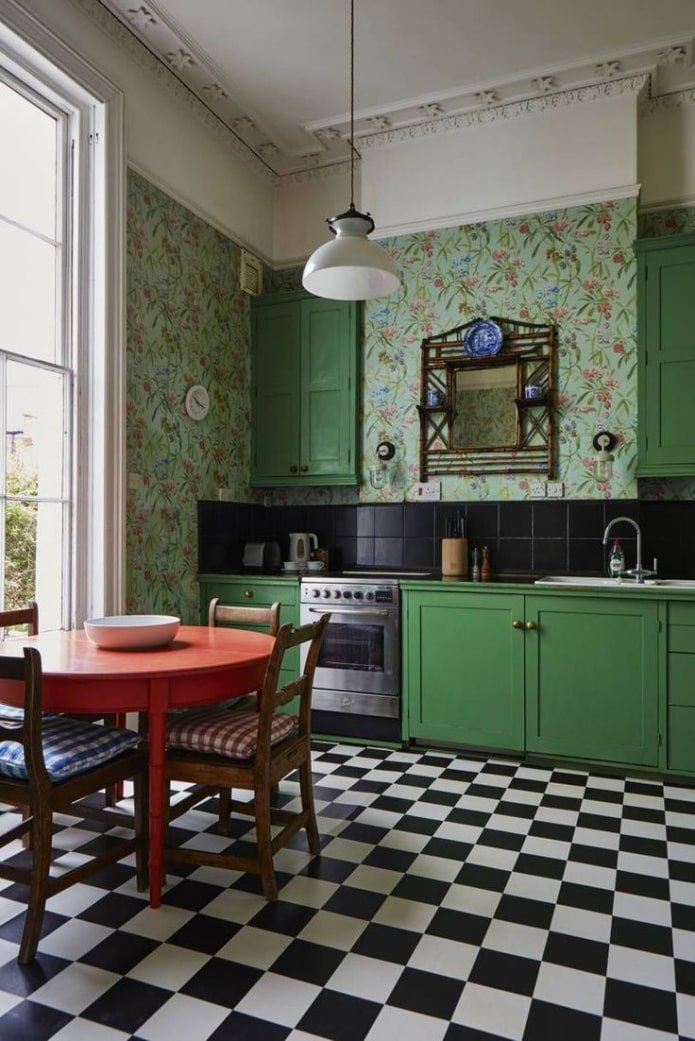
Modern interpretations often take a light palette as a basis, diluting it with characteristic accents in the form of furniture, wallpaper.
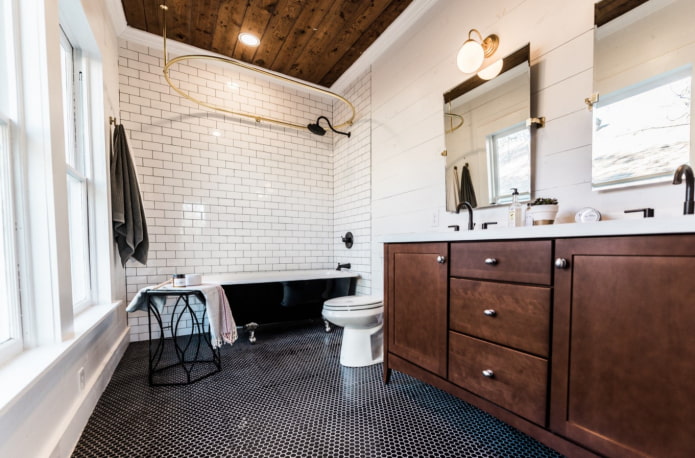
What to consider when decorating?
A room in retro style begins with renovation: pay attention to all surfaces.
Ceiling
A simple surface painted white is a banal, but excellent solution.
Walls
Vertical surfaces should be given as much attention as possible. The early period is characterized by plain walls: both white and colored – orange, blue, yellow.
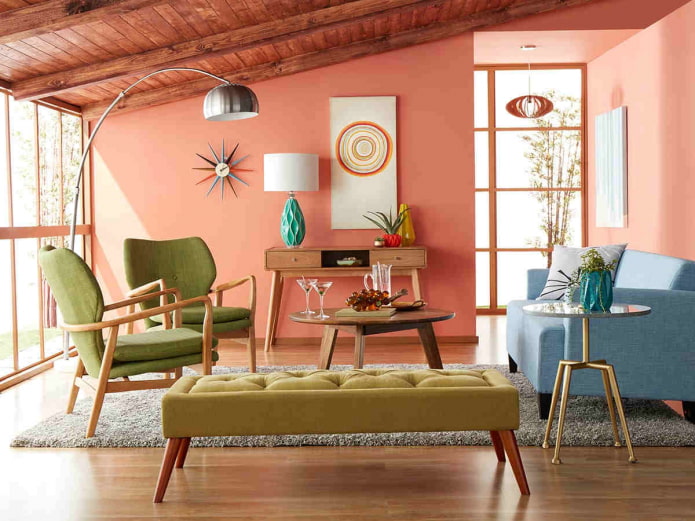
The photo shows bright plain walls
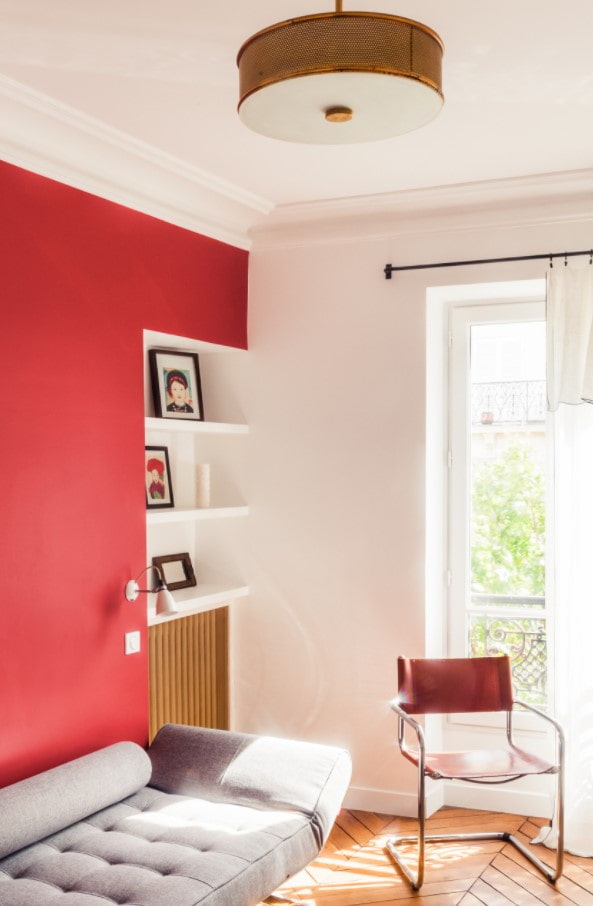
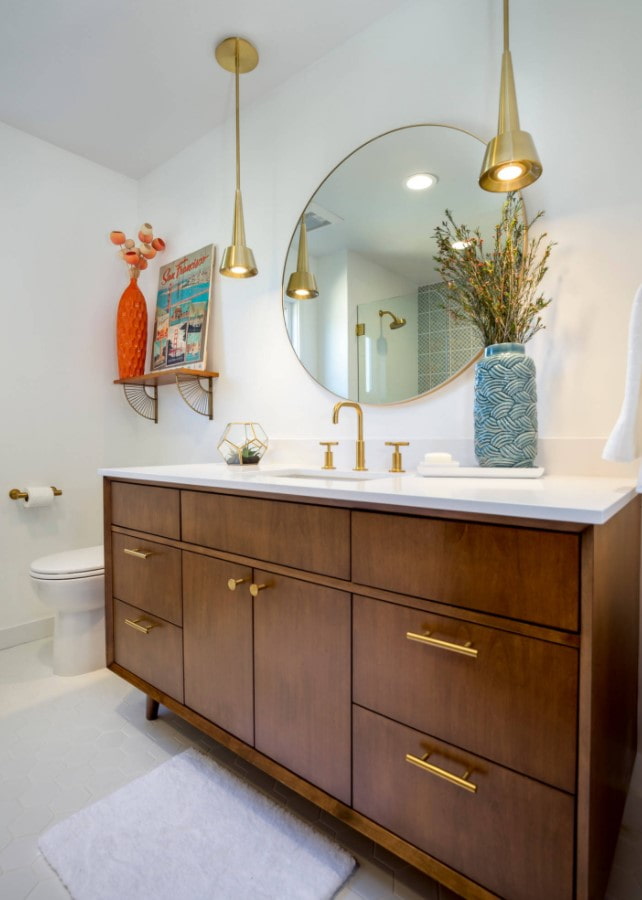
You can also stylishly decorate the walls with wallpaper with suitable prints (although according to history, they only appeared in the 60s). Large geometric prints or clear lines can be both the main decoration and an accent. In the second case, wallpaper is used to decorate the surface behind the sofa, bed, and near the dining table.
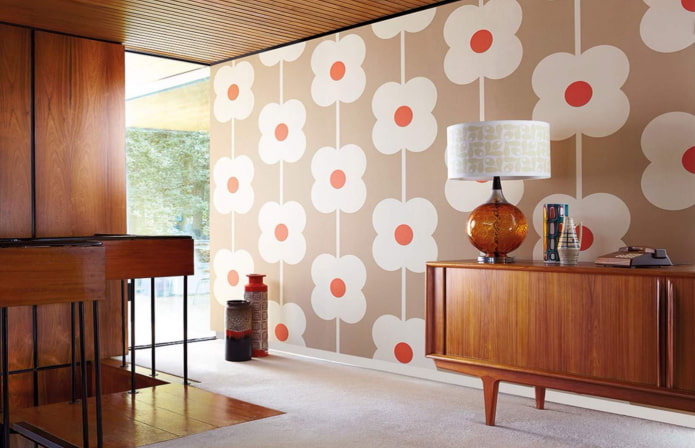
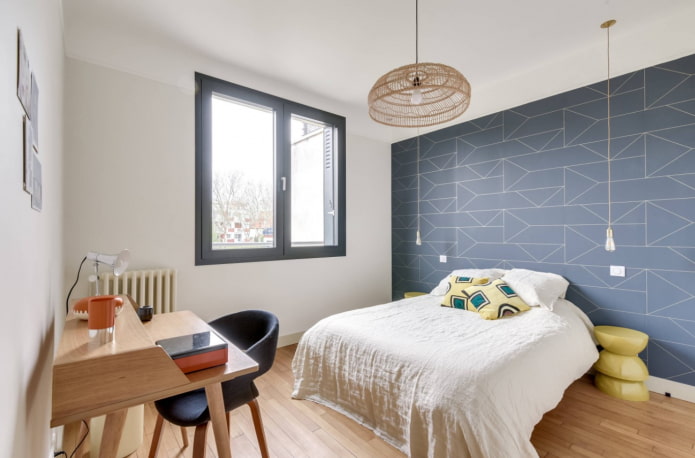
Floor
When looking for ideas for decorating a retro kitchen or bathroom, you will definitely come across a photo of a checkerboard floor, where dark tiles alternate with light ones. This technique is a classic retro finish.
Wood is suitable as a floor covering in living rooms and bedrooms. It doesn’t have to be natural, today you can find a lot of materials on sale that imitate the texture: linoleum, quartz vinyl, laminate.
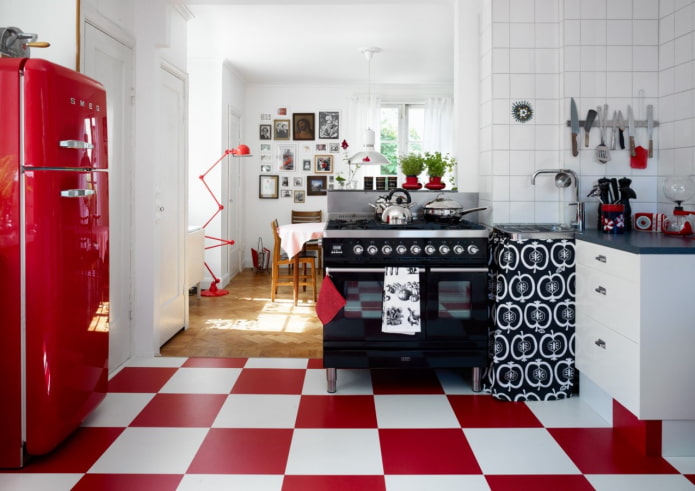
The photo shows a red and white checkerboard floor
What furniture will suit?
The embodiment of retro style is impossible without furniture. First of all, pay attention to the seats: a pair of stylish armchairs in the living room or a set of chairs “from the past” in the kitchen will create the right atmosphere.
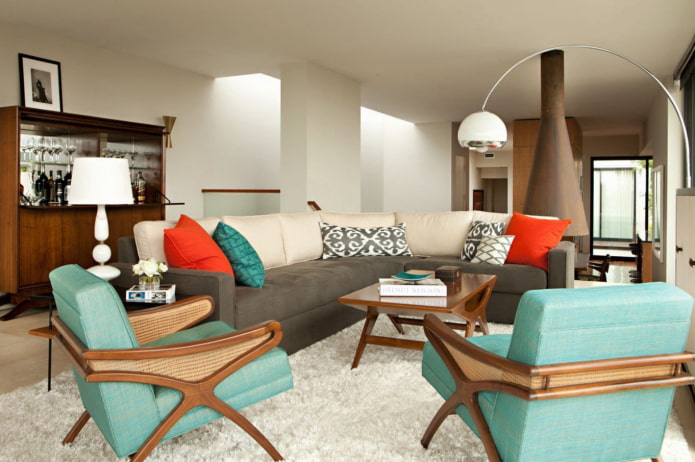
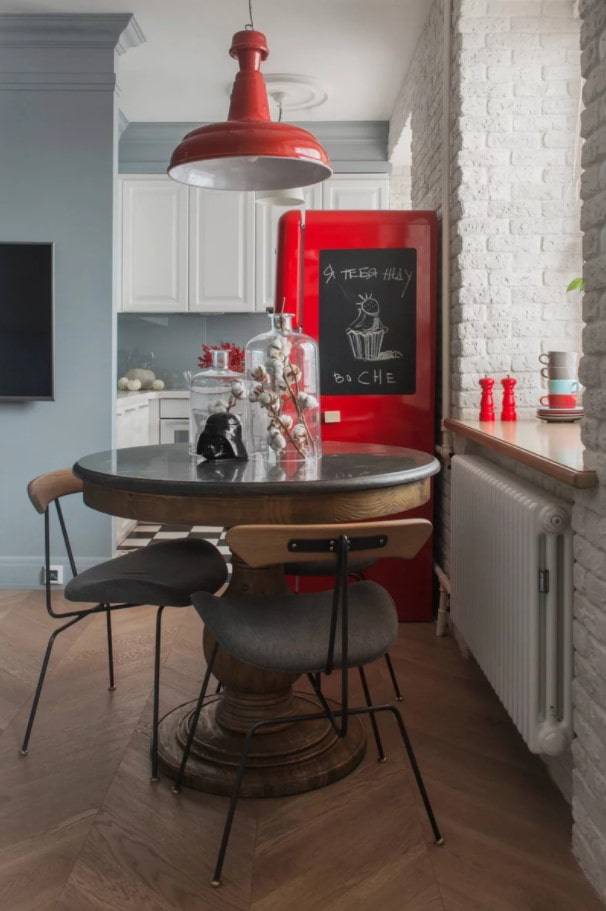
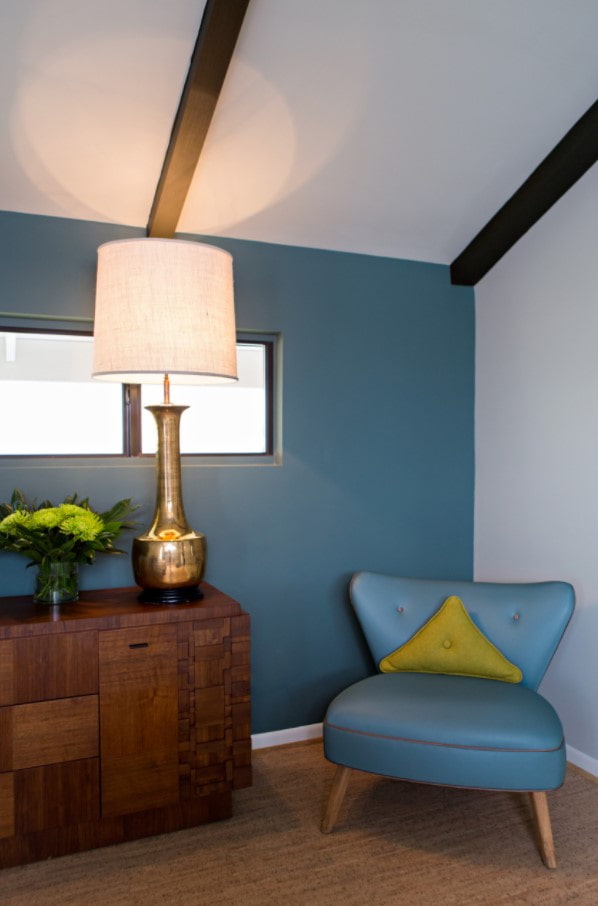
As for kitchen sets, they are somewhat different from modern ones. At a minimum, upper cabinets should be low, but elongated and not reach the ceiling.
Choose the right equipment for the set: modern manufacturers produce entire lines of retro-style household appliances – from coffee makers to refrigerators.
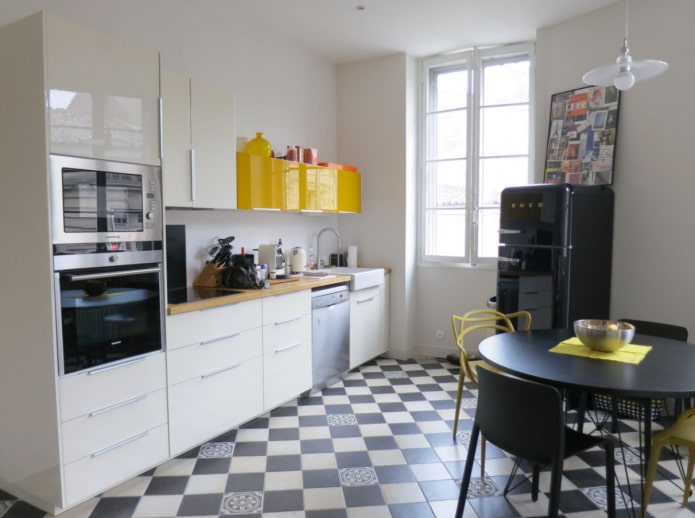
The photo shows a black and white kitchen with yellow accents
Another thing that is hard to imagine a retro room without is a cabinet. A sideboard, dressing table, cabinet, buffet, chest of drawers, secretary should preferably be chosen from varnished wood and on thin, elegant legs.
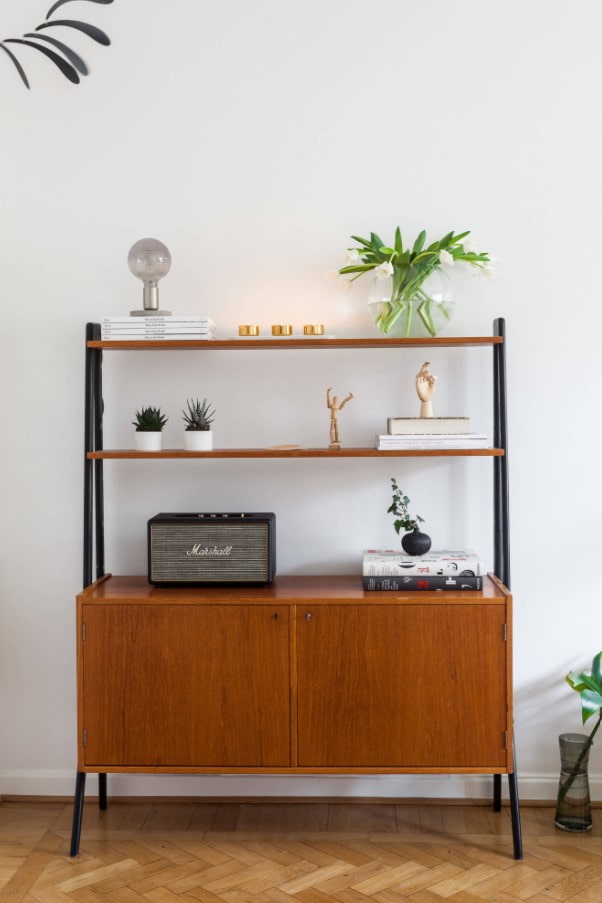
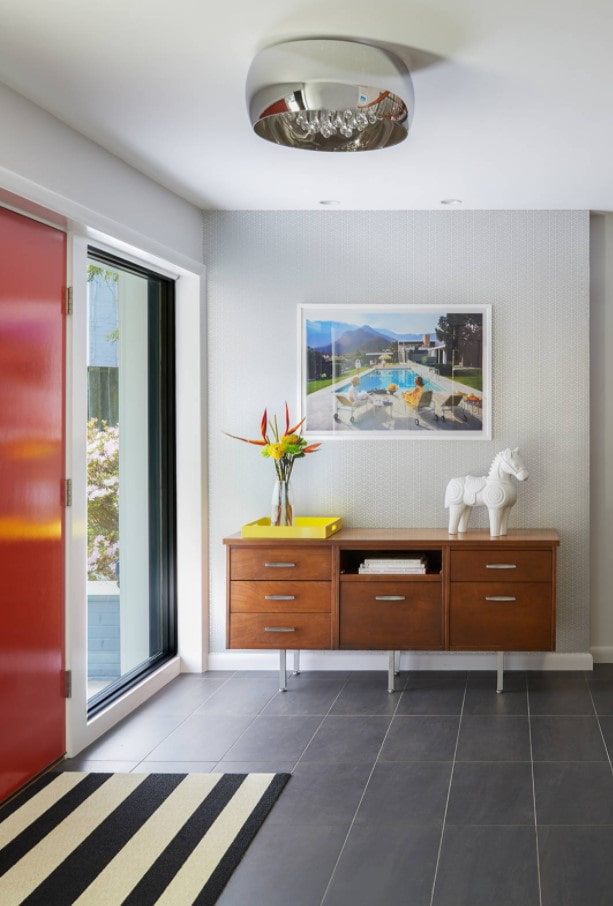
Choosing the right decor, lighting, and textiles
Antique interior design decorative. Not only do the main objects (chairs, cabinets, tables) look like works of art, they are also complemented by real works: paintings, posters, mirrors. It is better to choose an abstract painting style.
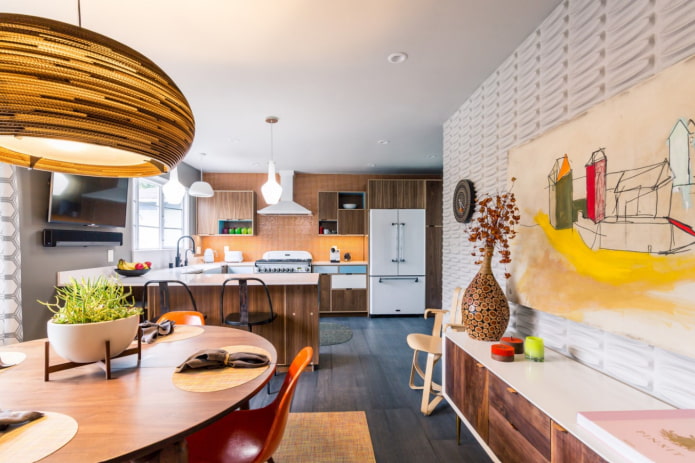
The photo shows a bright kitchen-living room
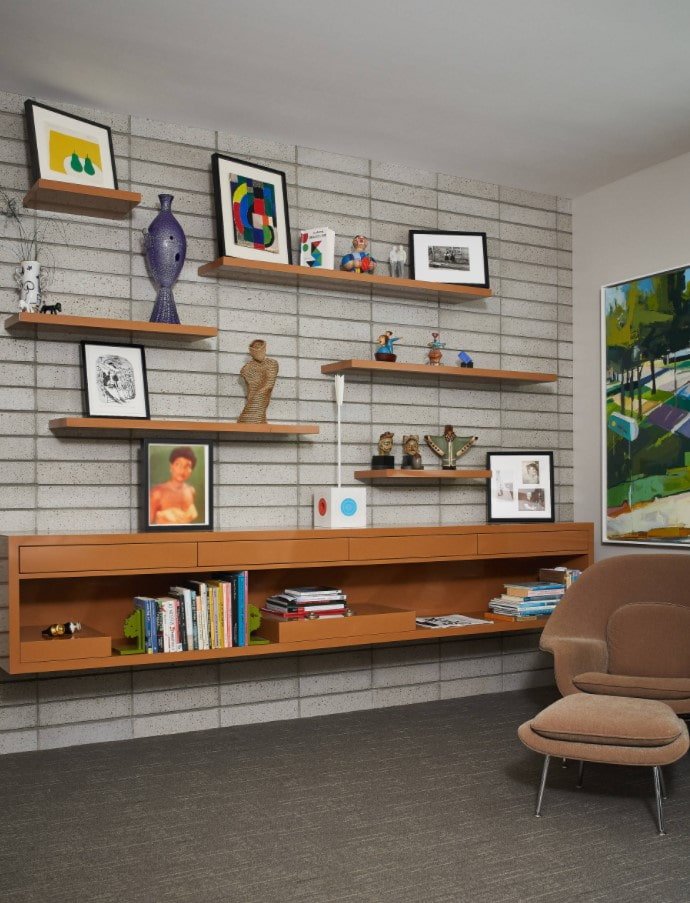
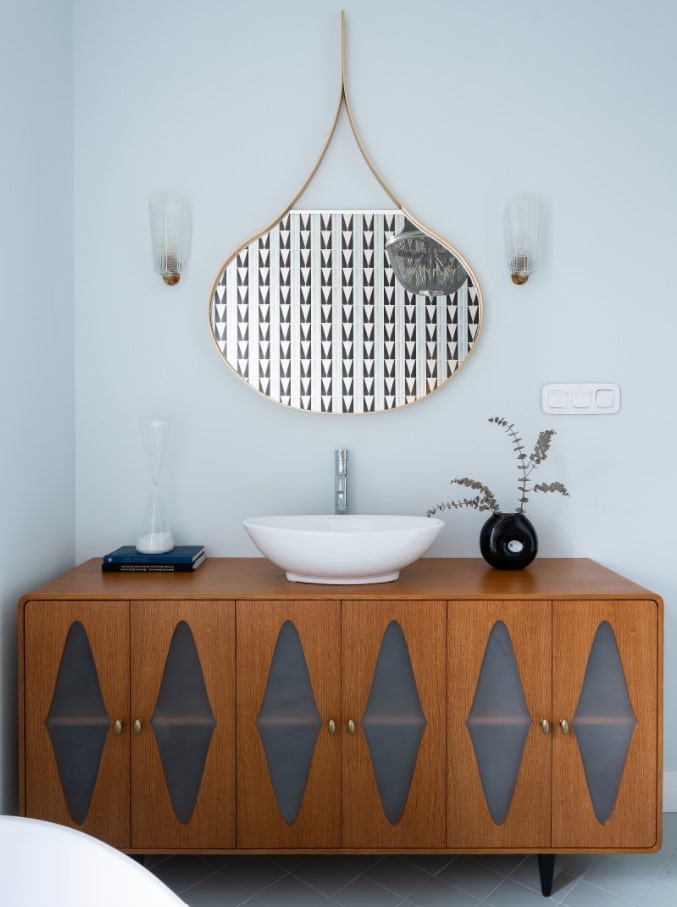
Living rooms in houses are decorated with textiles: blankets, pillows, and boho-style rugs are good in imitation of the 60s (hippie era). Macrame will fit in equally well in the form of wall decor or plant pots.

Pay special attention to lighting fixtures: retro chandeliers, floor lamps, sconces, and table lamps look striking and are a decoration of the room. Lampshades made of fabric, plastic, glass, chandeliers in a futuristic design are an integral part of the composition.
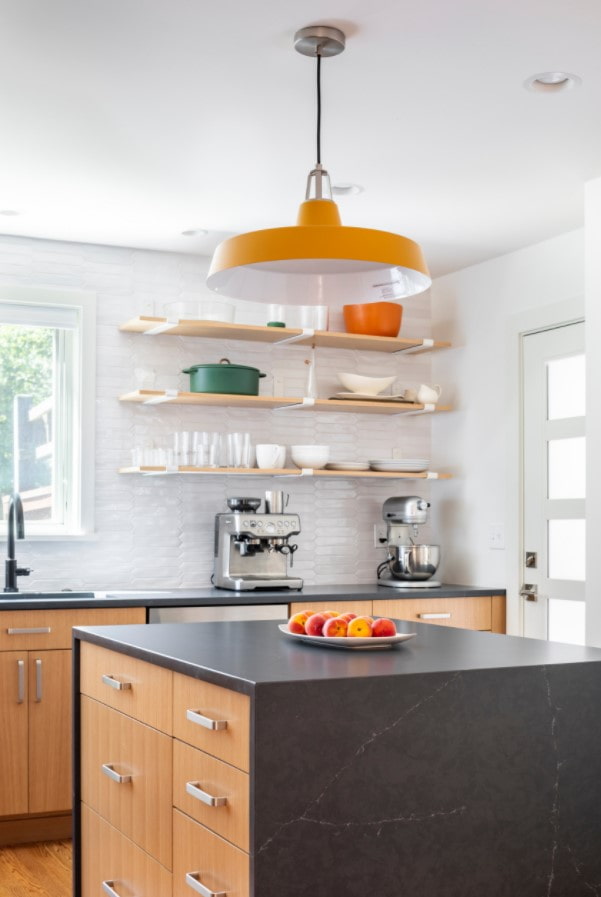
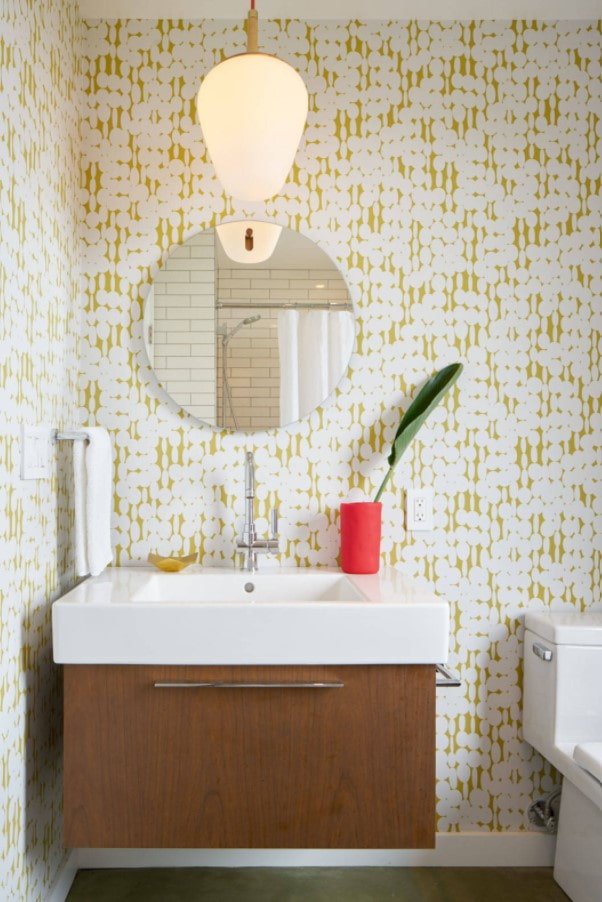
How to decorate the interior of the rooms?
Upholstered furniture dominates the living room: a sofa, original armchairs, poufs. A coffee table is needed in the recreation area, a cabinet is required under the TV (even if it hangs on the wall).
Important! Upholstered furniture is not purchased as a set, but assembled from individual elements.
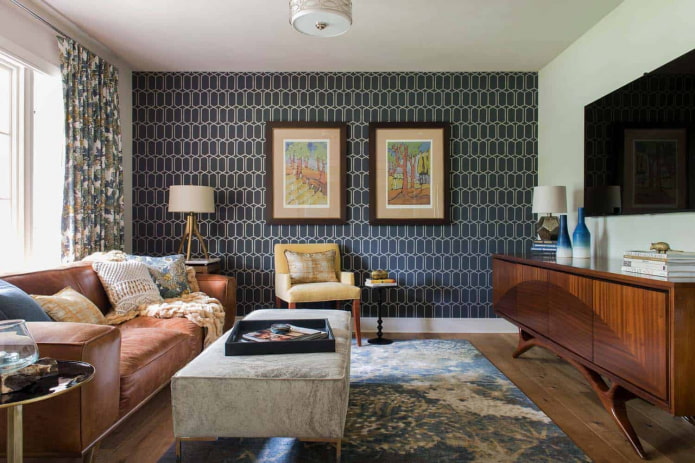
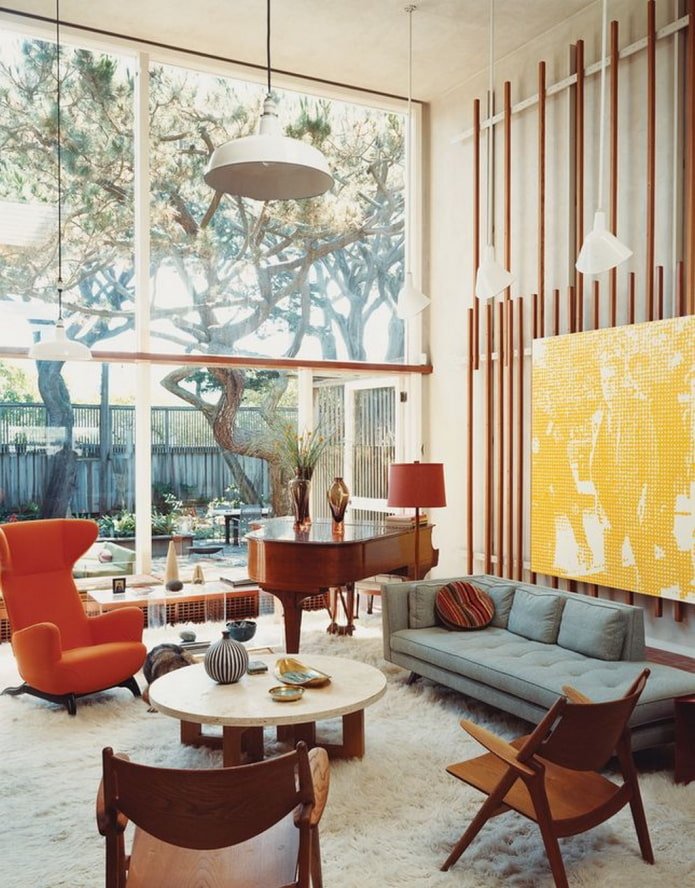
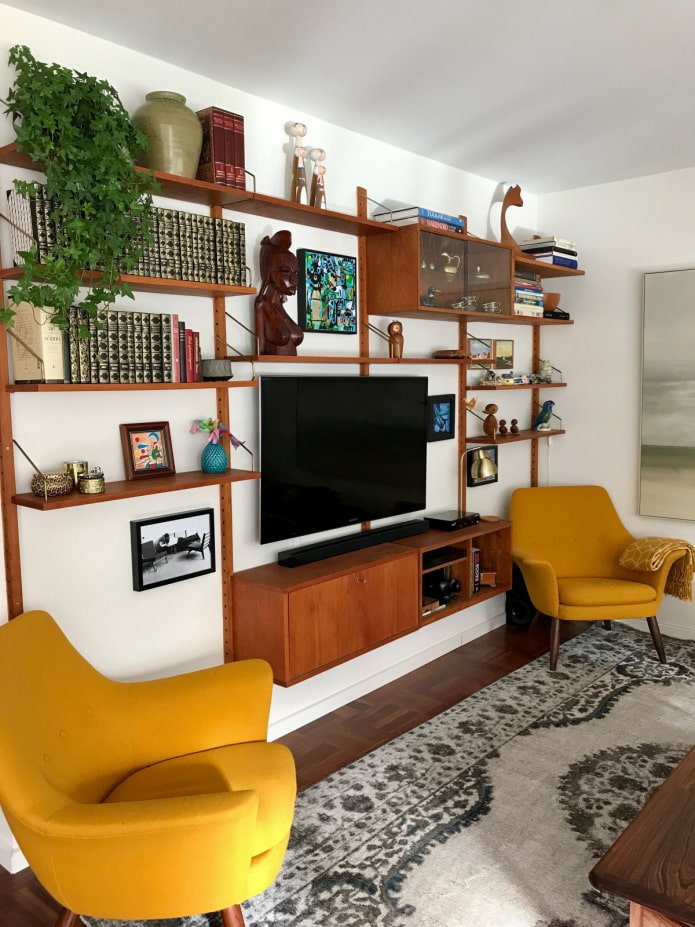
A retro-style kitchen can be bright – choose a colored set, complement with original chairs in the dining area and a stylish pendant.
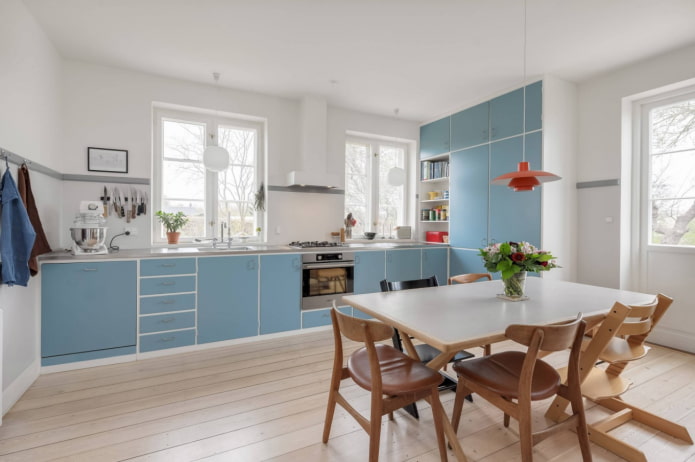
The first thing that distinguishes a retro bedroom from a modern one is the bed: light, raised on legs. On the sides are the same visually light bedside tables or tables. Above the sleeping area is a space for creativity, hang one or more paintings.
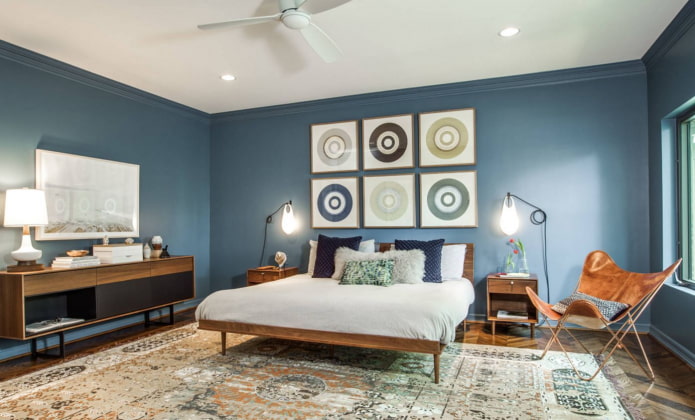
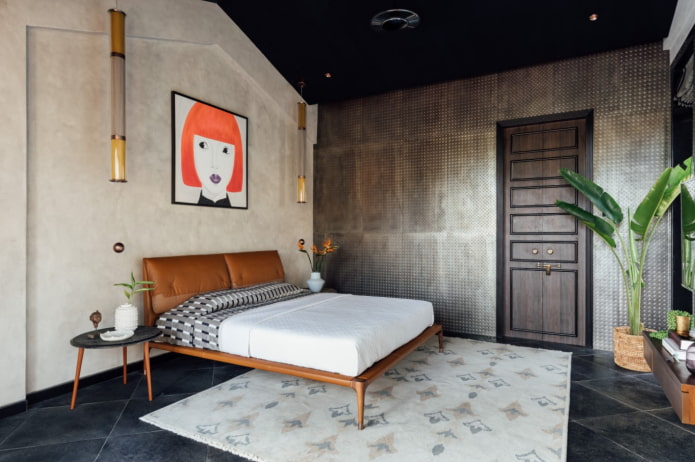
In a retro hallway, you can give free rein to your imagination and place original items instead of a wardrobe, like a table made from the base of a sewing machine.
The bathroom can be either discreet, lined with white square tiles, or colorful: with colored patterns and an original mirror.
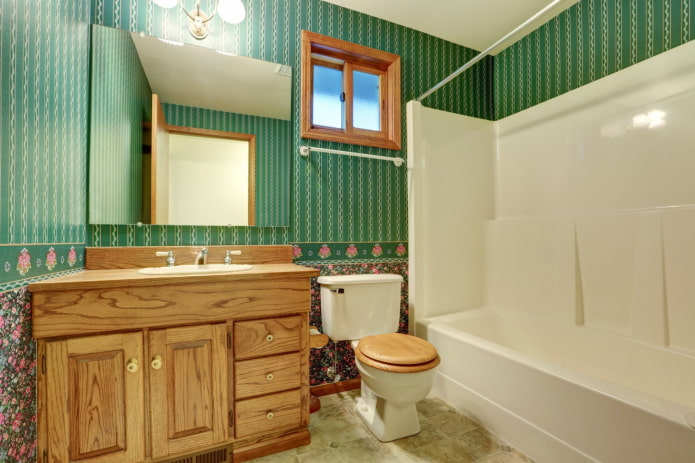
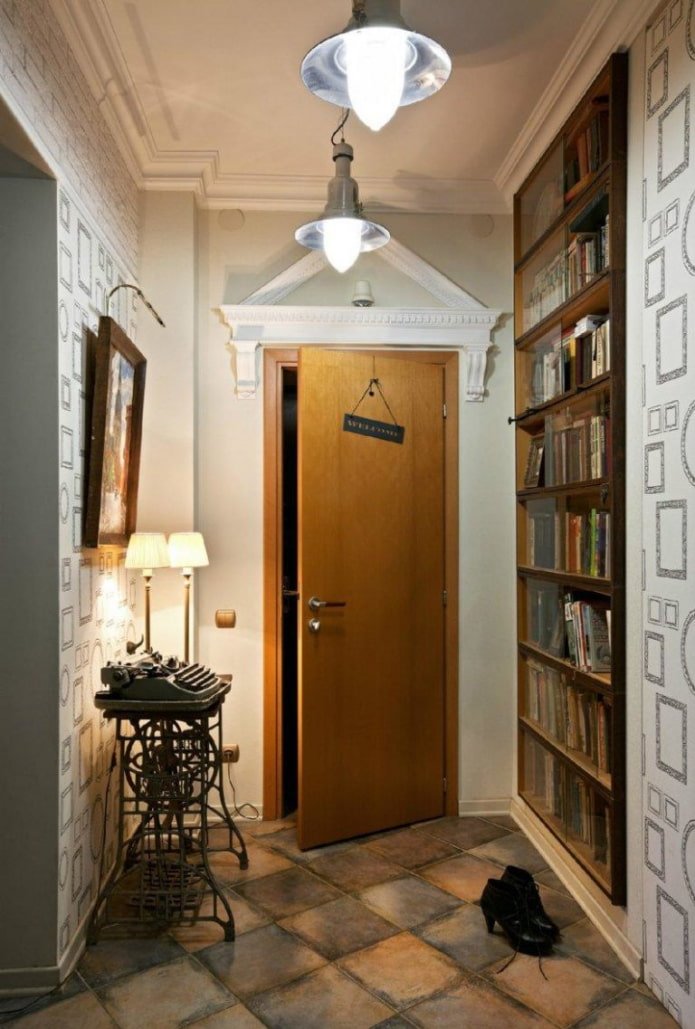
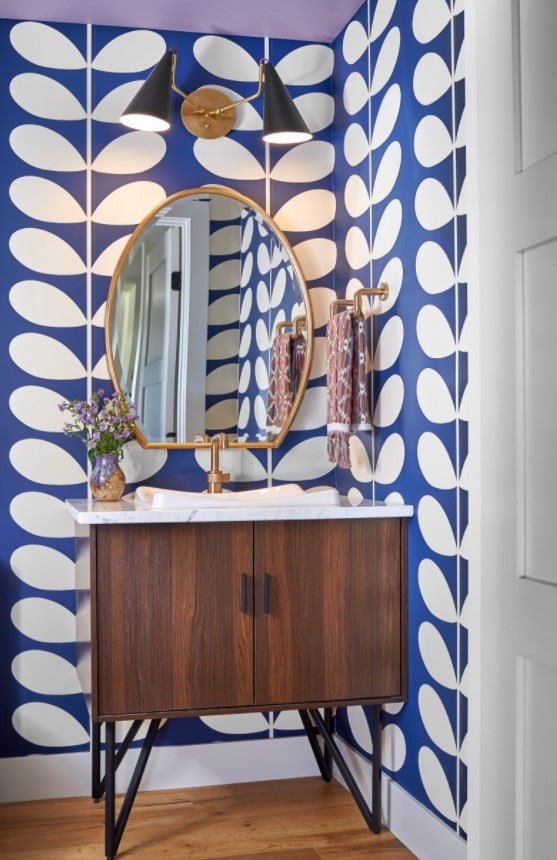
And one more advantage of the retro style: since it is a kind of reconstruction of antiquity and does not meet modern trends, it will never go out of fashion. And therefore – suitable as a long-term interior design.
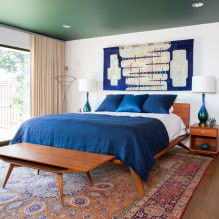
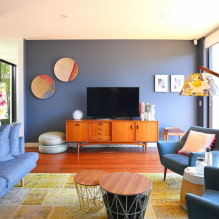
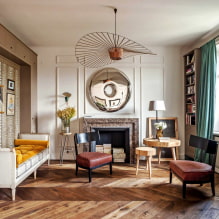
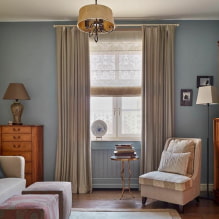
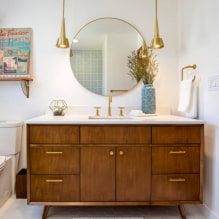
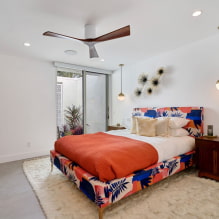
Now reading:
- Comprehensive Guide for Buying a Used Peugeot 5008
- Parquet for an apartment: 70 best photos and interior design ideas
- Methods for painting a wooden floor: tips and step-by-step instructions.
- 10 Creative Solutions for Efficient Storage in a Narrow Hallway
- Your Ultimate Guide to Buying a Used Opel Movano